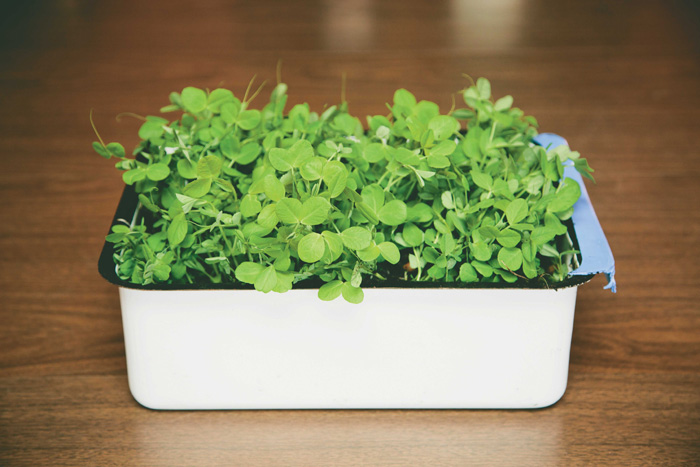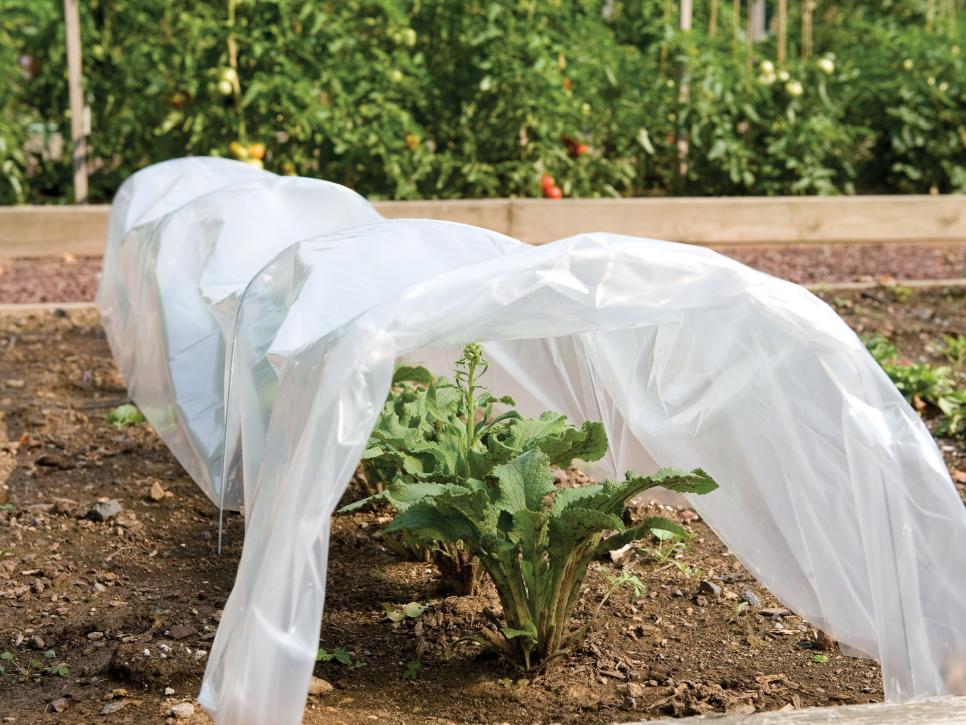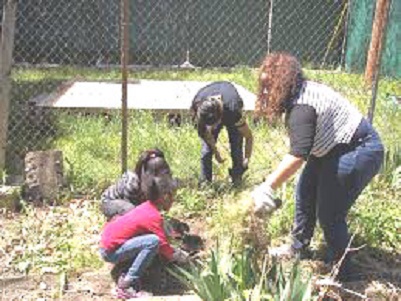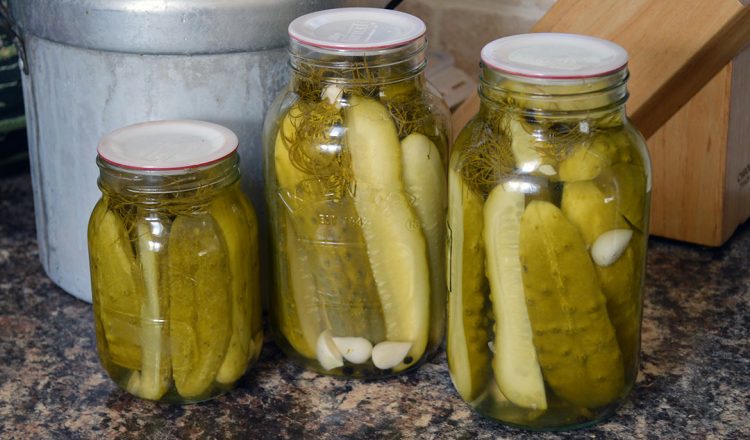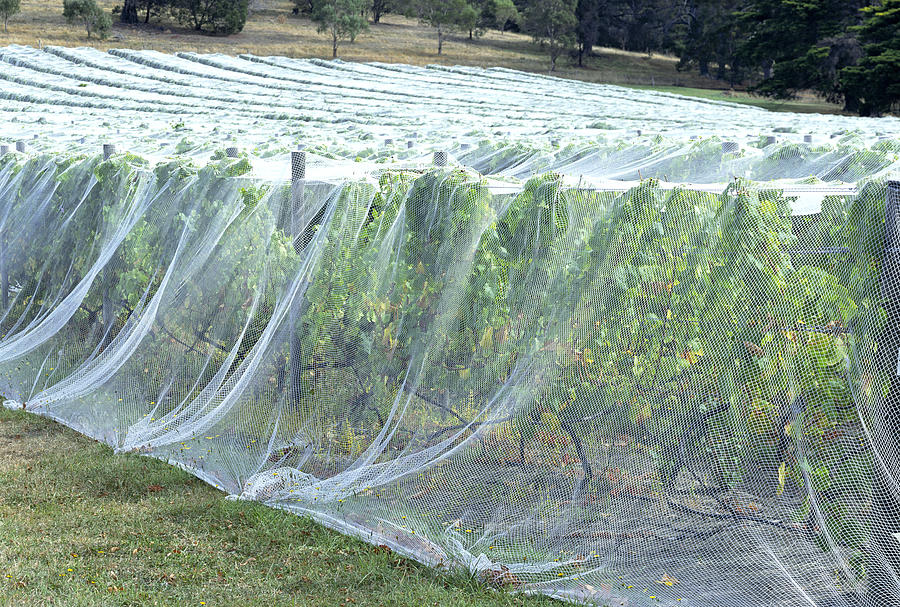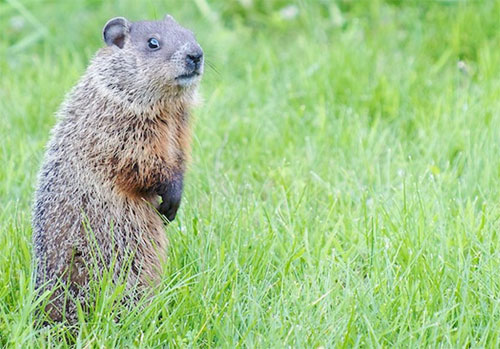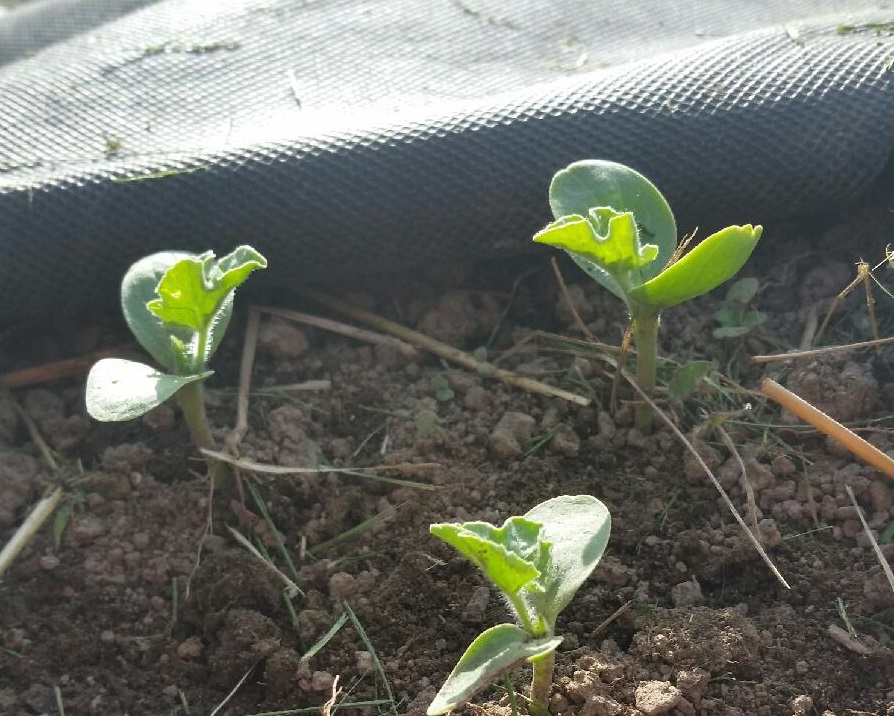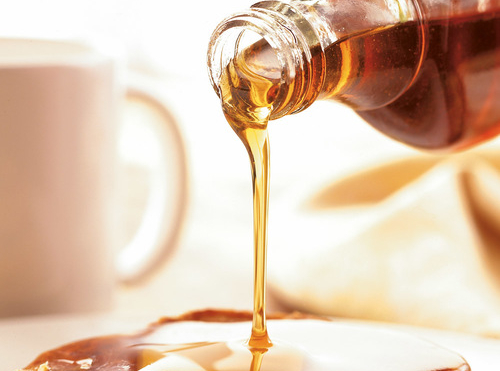Here comes autumn! It’s all around us — from the crisp, aromatic smells of wood smoke to the sight of falling leaves in the chilly air. There’s no denying that the cold is on its way. But isn’t this a most pleasant time of year to be outside? Aside from yellow jackets inebriated from the fallen apples, there is not a buzzing bug in sight to be concerned with. (But watch out for ticks!) And the chill in the air is refreshing when working vigorously outside. Let’s use this opportunity to get things done in the garden.
One of the most important tasks at hand is garden clean-up. Removing the remnants of plants such as frosted tomatoes, squash, and others will help reduce the incidence of pests and diseases in the garden. It’s also a good idea to do a thorough weeding: grubbing out all those pesky quack grass rhizomes and deep-rooted weeds such as burdock and dandelion. One helpful trick that makes getting rid of weeds easier is to till or hand-dig the area, let it rest for a few days or so until the new crop of weeds germinates, and then dig again. Got chickens? Corral them in this area and they will be happy to scratch it up for you. And they’ll add their own “contributions”. Another hint that helps with the weeds is to generously mulch the garden patch with shredded leaves, un-colored newspaper, straw, rotted hay, old sawdust, cardboard, bark mulch, or anything that does not contain weed seeds. Some folks even lay down old rugs and boards so that next spring when they’re pulled up, no weeds- and a soil that’s easy to work with. Oh, and let’s not forget to add nutrition at this time. If you have access to hay bedding from a goat pen, it will serve dual duty of being a decent mulch, with fertilizer “pellets” included. Garlic loves this!
Just because there was a frost doesn’t mean it’s over in the garden. Actually, it’s the prime time to plant garlic and cold-weather vegetables such as kale, and parsnips. With row covers, cold frames, hot beds, and hoop houses, the possibilities include greens, beets, radishes, kohlrabi, Brussels sprouts, cabbage, turnips, leeks, and carrots. Some veggies, such as carrots, Brussels sprouts, and parsnips, are much sweeter when harvested after a freeze- even in the snow! Give it a try if you get a chance.
Would you like to save some seeds of the harvest right now? Here are a few helpful tips to get started: Small amounts of seeds adequate for an average household can be harvested by hand. Try to save the healthiest, most productive, true-to type seeds from the “cream of the crop”. Unless you want a surprise, always save seeds from open-pollinated (non-hybrid) varieties that were not crossed with other varieties.
Generally, most seeds are ready to be saved after the mother plant has reached full maturity. Cucurbit family members (cucumbers, melons, squash, etc.) will be quite overripe and at the inedible stage. Fertile seeds of this type, when freshly harvested, will sink to the bottom of a cup of water. Save these ones and discard the floaters. Tomato seeds appreciate being fermented for a couple of days to dissipate a germination inhibitor- simply squeeze the tomato pulp into a cup, and wait until a layer of mold appears on the surface of the pulp.
This may take a day or two- but don’t wait too long or the seeds will sprout. When the gel capsules surrounding the seeds have broken down, pour fresh water into the cup. The good seeds will sink to the bottom of the cup, and the bad seeds and gunk will float. Pour off the impurities, repeat until clear, and rinse the seeds through a strainer.
Dry the cleaned seeds on a labeled paper plate, and voilà! Seeds from pod-bearing plants will be ready when the pod is completely dry. Try saving these types of seeds when the weather is arid, or pull the whole plant and hang under cover in a barn, outbuilding, or attic until the plant has dried. Seeds such as from beans, peas, corn, and squash are ready to store when they cannot be dented when applied pressure from a fingernail. These seeds and others can be stored dry in glass jars in the freezer for long term storage. (Just make sure to warm the jar at room temperature before opening so as to prevent condensation.) Bulbs, tubers, and rhizomes are the seed, such as with garlic, potatoes, and hops, respectively; oftentimes they keep best for planting when they have been thoroughly cured and stored away from light in a dry, cool (but not freezing) area. Really, a good rule of thumb for all seeds is to keep them dry and away from heat and light.
Hope you enjoy being productive in the garden!
Here comes autumn! It’s all around us — from the crisp, aromatic smells of wood smoke to the sight of falling leaves in the chilly air. There’s no denying that the cold is on its way. But isn’t this a most pleasant time of year to be outside? Aside from yellow jackets inebriated from the fallen apples, there is not a buzzing bug in sight to be concerned with. (But watch out for ticks!) And the chill in the air is refreshing when working vigorously outside. Let’s use this opportunity to get things done in the garden.
One of the most important tasks at hand is garden clean-up. Removing the remnants of plants such as frosted tomatoes, squash, and others will help reduce the incidence of pests and diseases in the garden. It’s also a good idea to do a thorough weeding: grubbing out all those pesky quack grass rhizomes and deep-rooted weeds such as burdock and dandelion. One helpful trick that makes getting rid of weeds easier is to till or hand-dig the area, let it rest for a few days or so until the new crop of weeds germinates, and then dig again. Got chickens? Corral them in this area and they will be happy to scratch it up for you. And they’ll add their own “contributions”. Another hint that helps with the weeds is to generously mulch the garden patch with shredded leaves, un-colored newspaper, straw, rotted hay, old sawdust, cardboard, bark mulch, or anything that does not contain weed seeds. Some folks even lay down old rugs and boards so that next spring when they’re pulled up, no weeds- and a soil that’s easy to work with. Oh, and let’s not forget to add nutrition at this time. If you have access to hay bedding from a goat pen, it will serve dual duty of being a decent mulch, with fertilizer “pellets” included. Garlic loves this!
Just because there was a frost doesn’t mean it’s over in the garden. Actually, it’s the prime time to plant garlic and cold-weather vegetables such as kale, and parsnips. With row covers, cold frames, hot beds, and hoop houses, the possibilities include greens, beets, radishes, kohlrabi, Brussels sprouts, cabbage, turnips, leeks, and carrots. Some veggies, such as carrots, Brussels sprouts, and parsnips, are much sweeter when harvested after a freeze- even in the snow! Give it a try if you get a chance.
Would you like to save some seeds of the harvest right now? Here are a few helpful tips to get started: Small amounts of seeds adequate for an average household can be harvested by hand. Try to save the healthiest, most productive, true-to type seeds from the “cream of the crop”. Unless you want a surprise, always save seeds from open-pollinated (non-hybrid) varieties that were not crossed with other varieties.
Generally, most seeds are ready to be saved after the mother plant has reached full maturity. Cucurbit family members (cucumbers, melons, squash, etc.) will be quite overripe and at the inedible stage. Fertile seeds of this type, when freshly harvested, will sink to the bottom of a cup of water. Save these ones and discard the floaters. Tomato seeds appreciate being fermented for a couple of days to dissipate a germination inhibitor- simply squeeze the tomato pulp into a cup, and wait until a layer of mold appears on the surface of the pulp.
This may take a day or two- but don’t wait too long or the seeds will sprout. When the gel capsules surrounding the seeds have broken down, pour fresh water into the cup. The good seeds will sink to the bottom of the cup, and the bad seeds and gunk will float. Pour off the impurities, repeat until clear, and rinse the seeds through a strainer.
Dry the cleaned seeds on a labeled paper plate, and voilà! Seeds from pod-bearing plants will be ready when the pod is completely dry. Try saving these types of seeds when the weather is arid, or pull the whole plant and hang under cover in a barn, outbuilding, or attic until the plant has dried. Seeds such as from beans, peas, corn, and squash are ready to store when they cannot be dented when applied pressure from a fingernail. These seeds and others can be stored dry in glass jars in the freezer for long term storage. (Just make sure to warm the jar at room temperature before opening so as to prevent condensation.) Bulbs, tubers, and rhizomes are the seed, such as with garlic, potatoes, and hops, respectively; oftentimes they keep best for planting when they have been thoroughly cured and stored away from light in a dry, cool (but not freezing) area. Really, a good rule of thumb for all seeds is to keep them dry and away from heat and light.
Hope you enjoy being productive in the garden!
 by Emily Cates
by Emily Cates

